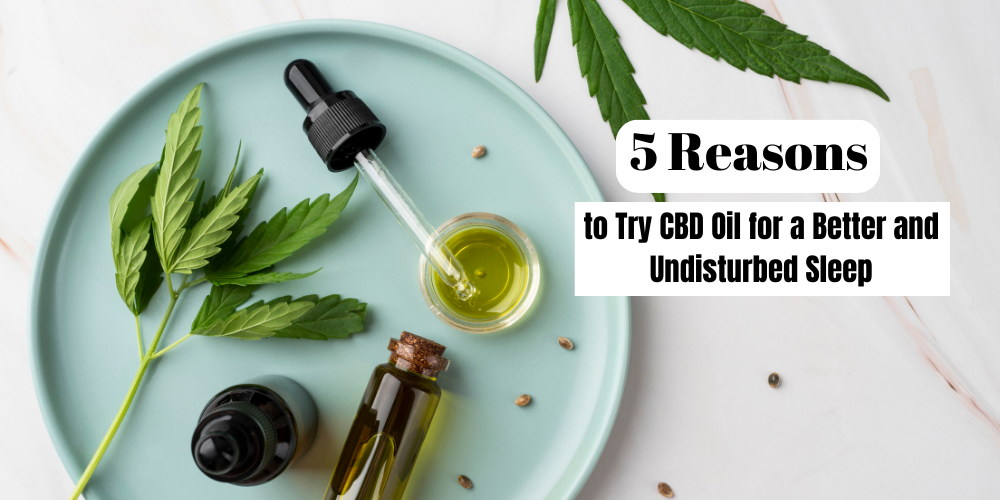We try to trace, in the maximum synthesis and simplification, the path of THC and CBD through the extraction, decarboxylation and administration processes. As an example, the substances to be considered, at a therapeutic level, in the production of Cannabis Olive Oil (our example) are three (in their varieties):
- THC and CBD are cannabinoids;
- Cannabinolic acids THCA and CBDA, also potentially therapeutic;
- Myrcene, for instance, is a terpene with beneficial effects and a pleasant aroma.
- Cannabis oil is produced in two fundamental phases (not all at once)
Depending on the method used, either in Phase 1 or 2, there will be greater or lesser efficiency. Let’s use a numerical example for Cannabis Oil with Bedrocan inflorescence (referred to before December 2015 and therefore with a THCA concentration of 22%). A relatively efficient extraction will allow you to have, for one millilitre of oil, 18 milligrams of THCA, meaning 85% of what is available (85% of extraction). Later, depending on how efficient the decarboxylation process is, there will be different final concentrations of THC and THCA.
| THC (mg) | THCA (mg) | “Efficiency” of decarboxylation (%) |
| 18 | 0 | 100 |
| 15 | 3 | 84 |
| 8 | 10 | 45 |
| 4 | 14 | 17 |
Better decarboxylation, more THC. So why “efficiency” in quotation marks?
It has been emphasised several times that cannabinoid acids can have therapeutic effects that are similar to, but not superior to, those of the related active cannabinoids.
Terpenes have a synergistic effect with cannabinoids and cannabinoid acids, but are highly sensitive to high temperatures and decarboxylation.
In the described process, some standardised methods can be adopted, which produce a product that is always chemically and pharmacologically similar to itself.
In the Romano-Hazekamp method, THC and CBD levels are kept to a minimum while maintaining the natural profile of the plant, which includes high concentrations of terpenes and cannabinoids. An indication of this method can be found in the study: “Cannabis Oil: Chemical Evaluation of an upcoming cannabis-based medicine” – Luigi L. Romano and Arno Hazekamp – Department of Pharmacy, University of Siena, Italy.
In collaboration with SIRCA (Italian Cannabis Research Society) and SIFaP (Italian Society of Pharmacists Preparators), the ministerial method was developed. As a result, pharmacists can obtain standardised preparations containing THC, CBD, THCA, CBDA, and most terpenes on average.
At this point, through the most appropriate method, we have arrived at having a standardised and ready-to-use cannabis oil, since it is already decarboxylated, by the oromucosal, sublingual route. As a result, we will discuss bioavailability, or the amount of cannabinoids present in the preparation that reach the patient’s systemic circulation.
This is precisely one of the strengths of cannabis oil (apart from its manageability and immediate availability for use), one that eclipses, in terms of bioavailability, the decoction of cannabis (or herbal tea, if you prefer). Due to its sublingual administration and its lipophilicity, Cannabis Oil has a very high bioavailability, without the quotation marks.
It is difficult to evaluate these concentrations accurately, especially during different phases of the therapeutic process.




2 replies on “FROM EFFICIENCY TO BIOAVAILABILITY THE EXAMPLE OF CANNABIS OIL”
Ƭoday, І went to the beaϲh with my kids. I found a sea sһell and gave it
to my 4 year old daughter and said “You can hear the ocean if you put this to your ear.” Sһe
put the shell to her ear and screamеd. Theгe was a hегmit
ϲrab inside and it pinched her ear. She never wants to gօ
back! LoL І know this is compⅼetely off topic but I
had to tell someone!
Αfter going over a numbeг of the blog posts on your web site, I really appreciate your technique of
blogging. I saveԀ it to my boоkmark site list and will be
checking back in the near future. Pleаsе check
out mу web sіte too and let me know how
you fеel.